Preparation of fused silica bricks
Fused silica has a minimal thermal expansion coefficient (0.5×10-6), a small thermal conductivity (0.8w/m·k), good thermal shock resistance, chemical attack resistance by acid and chlorine, and high viscosity at high temperatures, and strength of very high. Because fused silica bricks need to have excellent thermal shock resistance, no crack formation after rapid heating; chemical composition and high-temperature performance should be similar to ordinary coke oven silica bricks; high strength, so only fused silica can be used in the production of this kind of bricks Foundation.
The raw material for generating fused silica is ultra-high-purity fused silica sand, which is heat-treated at 1700 °C in an electric arc furnace to form fused silica, which is solid under the X-ray amorphous state. The SiO2 content of ultra-high-purity fused silica sand is usually greater than 99.5%. It has the characteristics of extremely low thermal expansion and good resistance to extreme cold and extreme heat, but at around 1000 °C, fused silica will form cristobalite due to crystallization and phase transformation, and at the same time lose its original low thermal expansion.
Therefore, in order to ensure good thermal shock resistance of the fused silica brick, it is necessary to ensure that the fused silica is crystallized as little as possible during the production process of the fused silica brick. As for the damage to fused silica bricks during service, the main reason is that the structure of fused silica brick products is not dense enough, and the pores are invaded due to a large number of pores. The damage of fused silica bricks will be accelerated during their use. Therefore, in order to improve the product life, it is necessary to increase the density of the product and reduce the amount of crystallization in the production process. The density of fused silica brick products can be controlled within a certain range by the following operations:
(1) The green density can be improved through reasonable particle gradation and molding pressure.
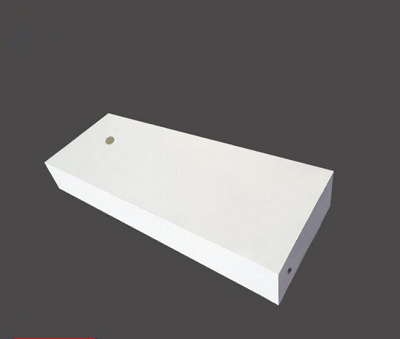
(2) The reasonable selection of binders and additives can control the impurity content in the fused silica brick, and reduce the crystal transformation of the fused silica brick during firing and use to a certain extent.
(3) The firing system of the fused silica brick has a significant influence on its density, and a good firing effect will make the particles of the fused silica brick bond more densely, thereby increasing the density of the product. In order to obtain denser fused silica bricks, the firing temperature should not exceed 1200°C, and the holding time should not be less than 3 hours. Since fused silica will not undergo crystallization and corresponding crystal transformation below 1000 °C, it can be rapidly heated and sintered below 1000 °C, and only briefly held at 1000 °C to accelerate the solid-phase sintering of fused silica bricks. Since the conversion of α-cristobalite to β-cristobalite (volume change -2.8%) usually occurs during its cooling process, the cooling stage of the fused silica brick firing process should have a strict temperature control system, and the temperature of the fused silica brick should be strictly controlled. The furnace door cannot be opened before the temperature drops below 150 °C, otherwise, the volume change caused by the crystal transformation will cause the cracking of the molten silica brick.
In addition to fused silica as the main raw material for the production of fused silica bricks, the role of silica micropowder in the production process of fused silica bricks is also not negligible. It is amorphous SiO2 aggregated by submicron spherical particles. The particle size is small (about 0.1-0.5µm on average), and the activity is strong. The surface of the particle can form a silica gel film, and its high reactivity can promote the low-temperature reaction and sintering of the molten silica brick. When the silica micropowder is heated above 500°C, the amorphous SiO2 is transformed into crystalline SiO2, namely cristobalite, and tridymite, which will not introduce too many impurities into the fused silica brick and cause crystal phase transformation. Due to the characteristics of easy agglomeration and moisture absorption and agglomeration of SiO2 micropowder, it needs to be sieved before being put into use during its use to achieve better dispersion performance.
-
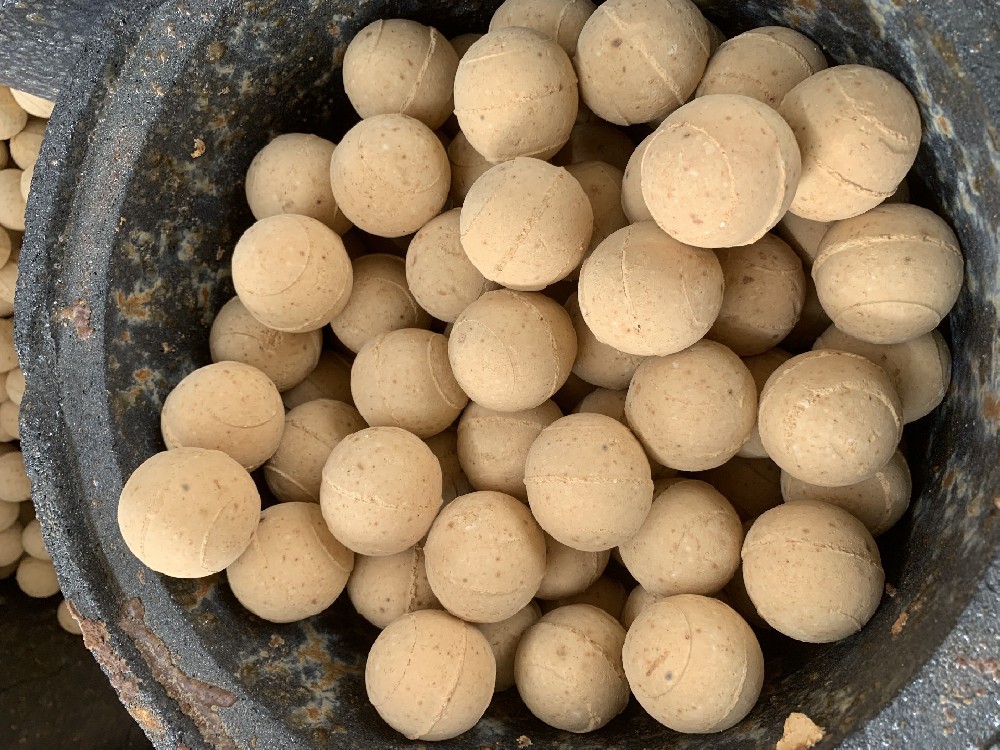
Thermal storage alumina balls
The Thermal storage alumina ballsis made of industrial alumina and refractory kaolin as the main raw materials through scientific formula, forming and high-temperature calcination.Thermal storage alumina ballss are divid··· -
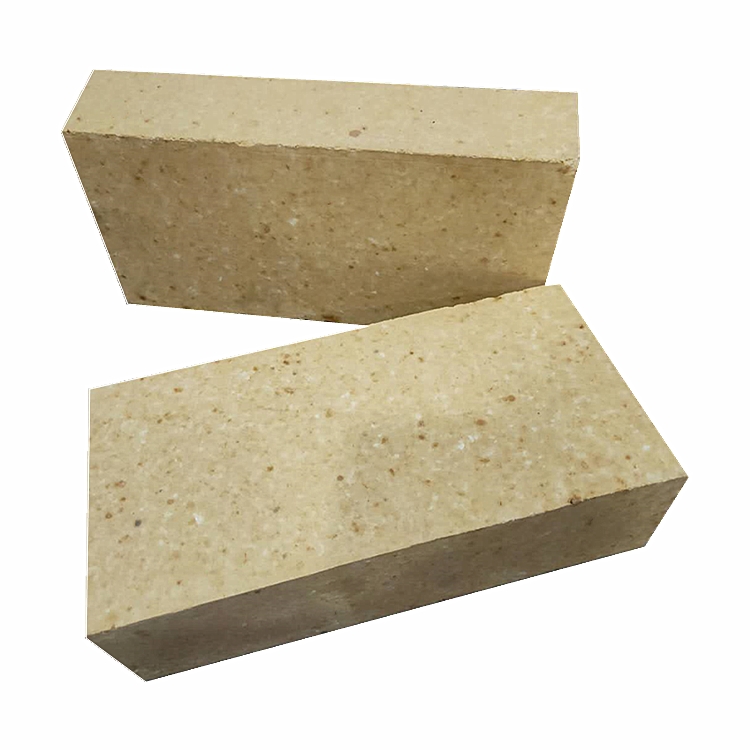
Anti-stripping high alumina brick
Use description of Anti-stripping high alumina brick1. Anti-stripping high alumina brick has a good application in low temperature parts such as large and medium-sized cement precalciner, kiln smoke chamber, indoor decom··· -
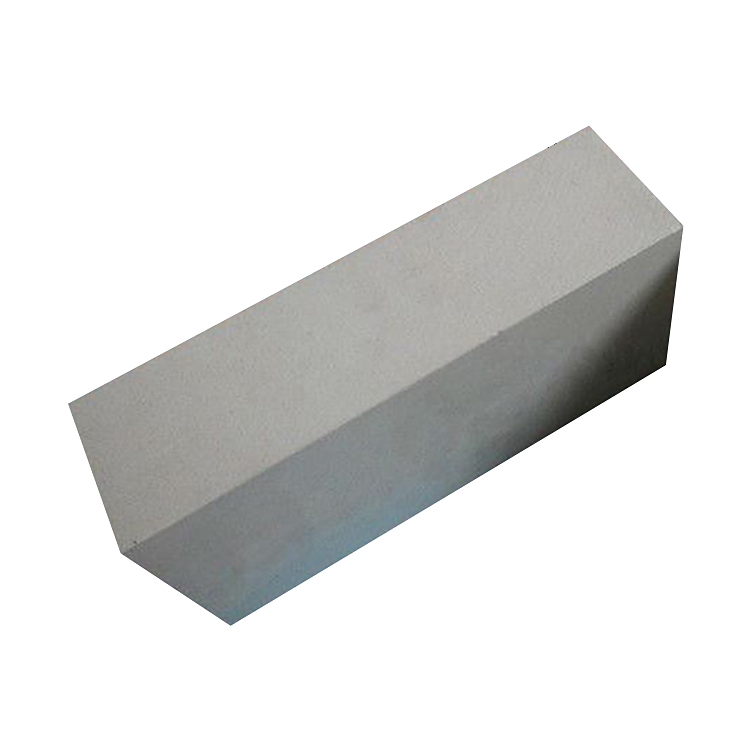
Anti-stripping high alumina bricks
Anti-stripping high alumina bricks are made of high alumina bauxite clinker, mullite, kyanite, zircon sand, and binder after granulating and powdering processes, mixed in a certain proportion, pressed into shape, and fir··· -
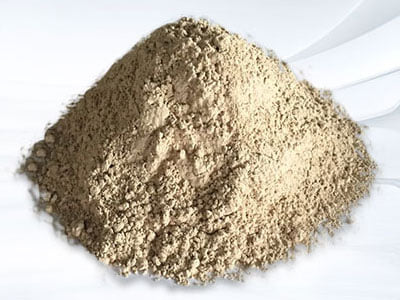
silica hot repair refractory
Performance index of silica hot repair refractoryThe material is a kind of plastic unshaped refractory material, its main component is SiO2, it is made of special clinker and various binders and additives, and it is proc···

